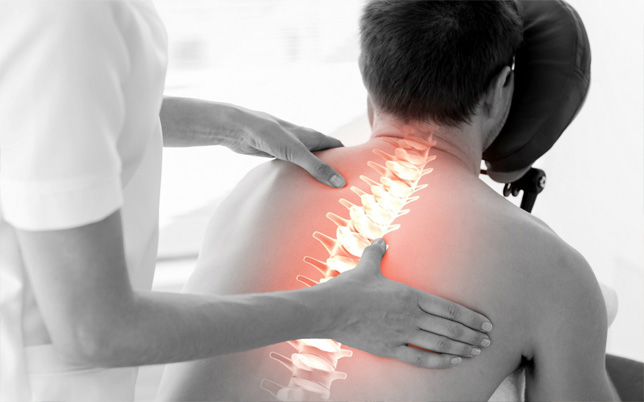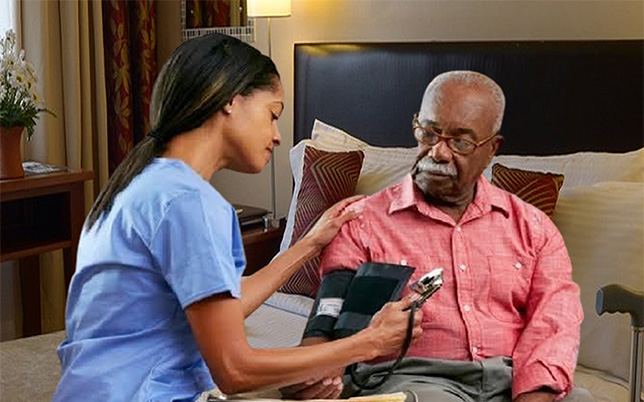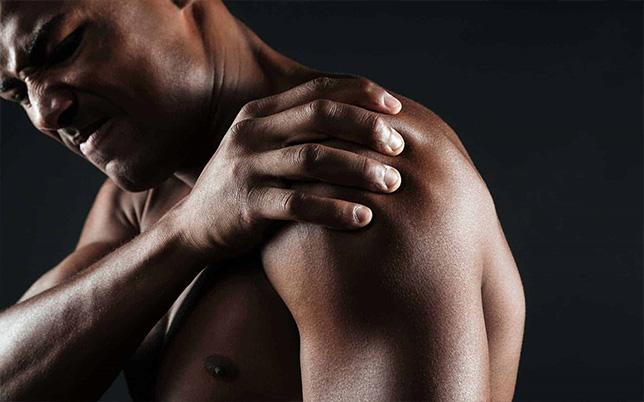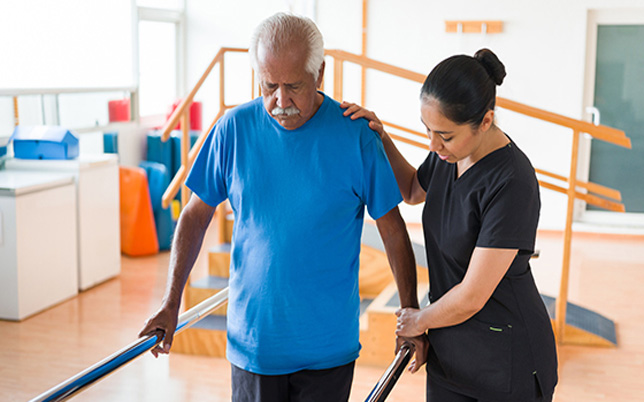Orthopedic Manual Therapy (OMT) is a specialized area within physiotherapy that involves hands-on techniques to assess, diagnose, and treat musculoskeletal conditions and pain. It is a patient-centered approach that emphasizes the use of manual techniques to restore function, reduce pain, and improve overall well-being. Here are key aspects of Orthopedic Manual Therapy:

- Assessment:
- Patient History: A thorough understanding of the patient’s medical history, lifestyle, and the nature of the problem.
- Physical Examination: Comprehensive evaluation of the musculoskeletal system, including joint mobility, muscle strength, and flexibility.
- Diagnosis:
- Clinical Reasoning: Based on assessment findings, the therapist forms a clinical hypothesis and establishes a working diagnosis.
- Differential Diagnosis: Distinguishing between musculoskeletal and non-musculoskeletal causes of pain to guide appropriate treatment.
- Manual Techniques:
- Joint Mobilization: Gentle movements applied to joints to improve mobility, reduce pain, and restore normal joint function.
- Soft Tissue Mobilization: Techniques such as massage, myofascial release, and trigger point therapy to address muscle and connective tissue restrictions.
- Manipulation: High-velocity, low-amplitude thrusts to joints to restore normal movement and alleviate pain.
- Muscle Energy Techniques: Active patient participation in specific movements against resistance to improve muscle function.
- Treatment Planning:
- Individualized Plans: Tailoring treatment plans to the unique needs and goals of each patient.
- Progression: Gradual advancement of exercises and techniques based on patient response and progress.
- Patient Education:
- Self-Management: Empowering patients with knowledge and tools for managing their condition independently.
- Posture and Ergonomics: Providing guidance on optimal posture and ergonomics to prevent recurrence of issues.
- Conditions Treated:
- Musculoskeletal Pain: Back pain, neck pain, joint pain, etc.
- Orthopedic Injuries: Sprains, strains, fractures, and post-surgical rehabilitation.
- Chronic Conditions: Osteoarthritis, rheumatoid arthritis, and other degenerative conditions.
- Holistic Approach:
- Integration with Other Modalities: Collaboration with other healthcare professionals, such as orthopedic surgeons, radiologists, and pain specialists.
- Exercise Prescription: Incorporating therapeutic exercises and stretching into treatment plans for long-term benefits.
- Evidence-Based Practice:
- Continuous Learning: Staying updated on the latest research and advancements in orthopedic manual therapy.
- Outcome Measurement: Monitoring and assessing the effectiveness of interventions through measurable outcomes.
Orthopedic Manual Therapy is widely recognized for its effectiveness in managing musculoskeletal conditions. It not only addresses the symptoms but also focuses on the underlying causes, promoting optimal movement and function for improved quality of life. Patients often experience reduced pain, increased range of motion, and enhanced overall physical well-being through this approach.




